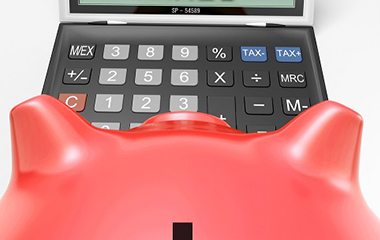For many people buy-to-let has been an attractive income investment at a time of low saving rates and stock market volatility.
Having long provided bumper double-digit returns for investors, investment in buy-to-let has outperformed all major asset classes in recent years, with total annual returns from buy-to-let properties reaching 12% in 2015 or £21,988 in absolute terms. But various clouds on the horizon have prompted concern that the buy-to-let bonanza may be coming to an end.
New measures
From a landlord’s perspective, it has been a tough year, with a raft of changes designed to bring the booming housing market under control and create what the former Chancellor George Osborne described as a “level playing field” between homeowners and investors.
Changes to stamp duty, tax relief and the scrapping of the wear and tear allowance could make it harder to make a profit from letting property.

Stamp duty
You are required to pay Stamp Duty Land Tax (SDLT) on increasing portions of the property price above £125,000 when you buy residential property.
But from April this year, anyone buying an additional home costing more than £40,000, including a buy-to-let property, has been required to pay an extra 3% stamp duty surcharge, adding thousands of pounds to the purchase costs.
‘Wear and Tear’ allowance
The 10% Wear and Tear tax relief for landlords who rent out furnished homes was scrapped on 1 April, leaving landlords free to only claim for the amount that they have spent, making buy-to-let a far less attractive proposition; some experts believe that the upward trends seen over the last few years in the buy-to-let market could be reversed.
Tax relief on mortgage interest payments
The existing rules that permit landlords to offset all of their mortgage interest against tax will, from April 2017, be phased out, restricting the amount of mortgage interest landlords can offset against tax on their property investments.
By April 2020, once they have been withdrawn altogether, the consequences of the Section 24 changes will mean that it is likely that higher-rate tax payers will only receive 50% of the relief that they currently get, with various experts having already warned that landlords will be left with little alternative but to pass higher costs on to tenants in the form of higher rents.
Capital gains tax
To add insult to injury, buy-to-let and second homeowners were deliberately excluded from a big capital gains tax cut from 28% to 20% in the Budget announcement earlier this year, denying them a tax break on their property profits.
Consequently, landlords continue to be stung with a hefty 28% capital gains tax bill when they sell up, despite the fact that the rate in the UK is one of the highest in the developed world. If you’re thinking about becoming a landlord, take some time to consider if buy-to-let is still an attractive investment for you.